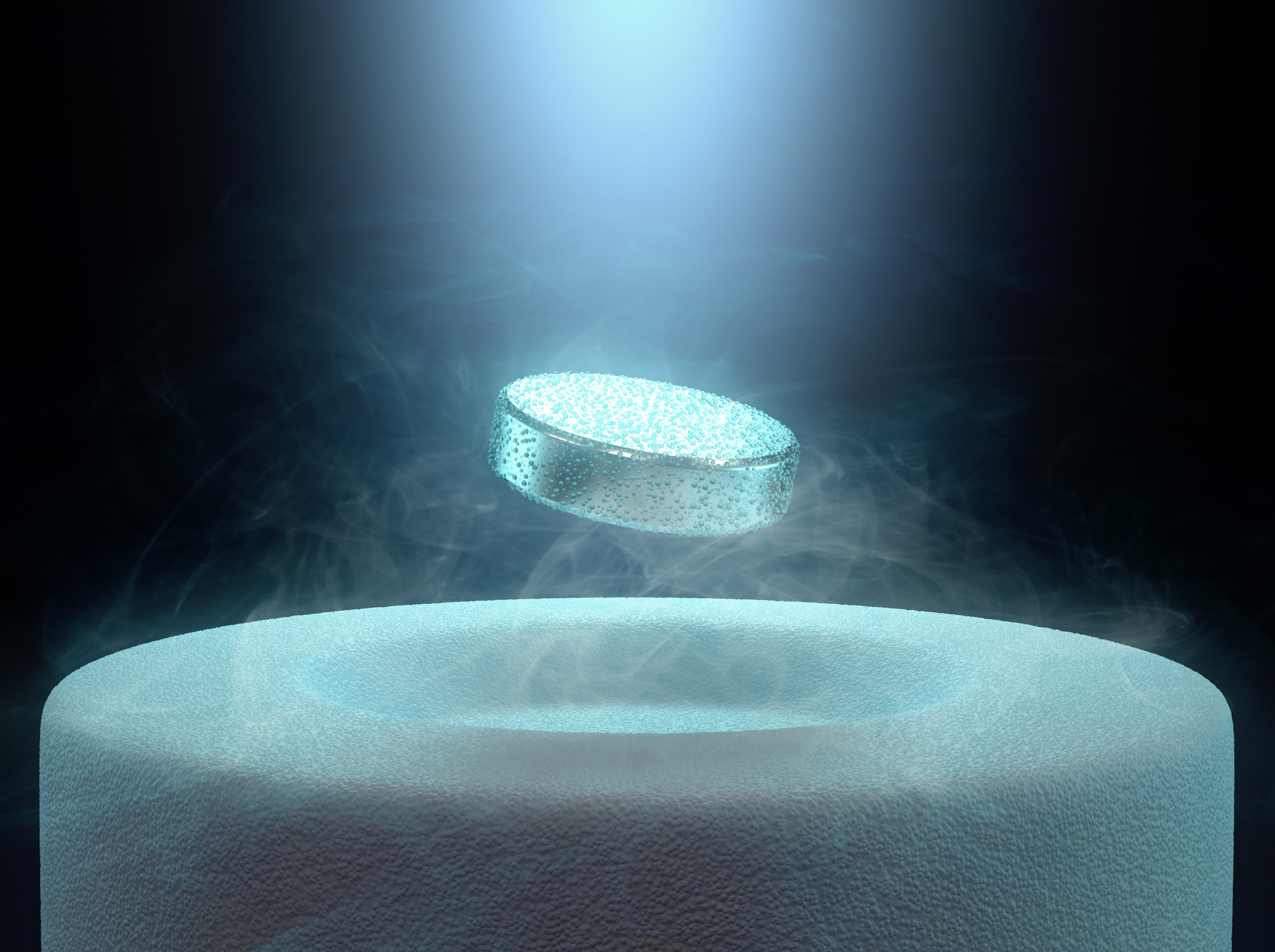Physicists propose a new path to high-temperature superconductivity
December 17, 2018

December 17, 2018

In electrical wires, electrons collide with metal ions, producing heat and restricting the amount of current a conductor can carry. At very low temperatures, however, vibrations from the ions bind electrons into Cooper pairs which flow without resistance. The result is a conventional superconductor. But, for weak coupling between electrons and ions, this state is only stable at very low cryogenic temperatures -- temperatures below -243°C -- limiting practical implementations.
In order to appear at high temperatures, vibration-mediated superconductivity would require strong coupling between ions and electrons so as to stabilize Cooper pairs. Research on the most typically studied types of couplings indicates that in the strong-coupling limit, they form, however, very heavy particles known as polarons (electrons dressed by phonon clouds) and bipolarons (strongly bound pairs of polarons).
“This traditional theory of electron-lattice coupling finds that the polaron and bipolaron masses increase quickly with increased electron-vibration coupling,” says UBC theoretical physicist John Sous, first author of the study published last week in Physical Review Letters. “These very heavy particles aren’t favourable for superconductivity, because the electrons must flow with ease to become superconducting.”
In their study, Sous, UBC physicists Roman Krems and Mona Berciu, and IIT physicist Monodeep Chakraborty show that the mass increase doesn't occur if the vibrations modify the electrons’ kinetic energy, not their potential energy.
“These pairs can be very light because the lattice vibrations help the electrons to move together,” says Sous. "This points to a new direction in the search for vibration-mediated high-Tc superconductors.”
The UBC researchers plan to study the validity of this mechanism in specific materials and under different conditions.
We honour xwməθkwəy̓ əm (Musqueam) on whose ancestral, unceded territory UBC Vancouver is situated. UBC Science is committed to building meaningful relationships with Indigenous peoples so we can advance Reconciliation and ensure traditional ways of knowing enrich our teaching and research.
Learn more: Musqueam First Nation